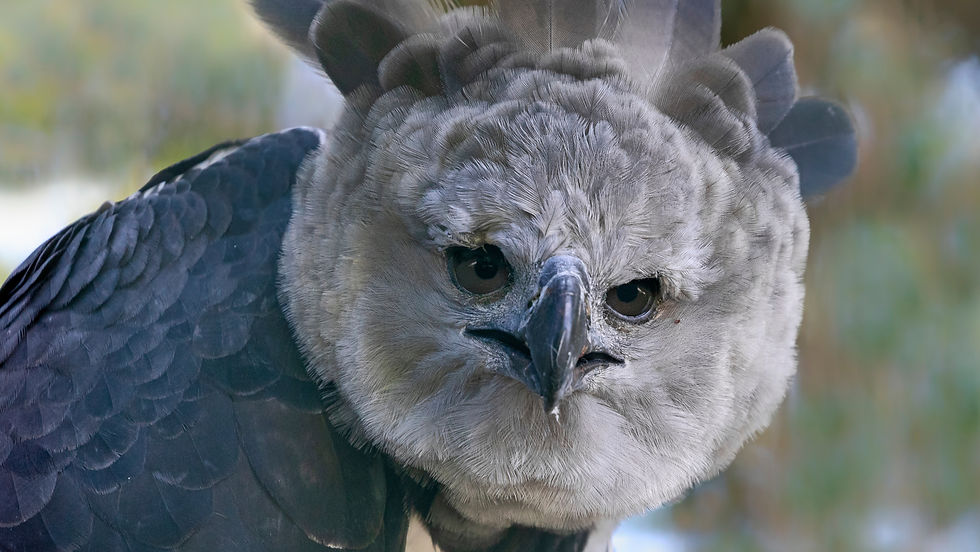Guardians of Biodiversity: Local Researchers in ASATRIZY
- Wildlife Works
- May 21
- 4 min read

Community-based biodiversity monitoring is a fundamental tool for ecosystem conservation, creating opportunities for communities within REDD+ Projects to lead biodiversity and forest monitoring activities within their project area.
By integrating forest communities’ traditional knowledge with scientific approaches to biodiversity monitoring, we aim for more effective and culturally grounded conservation outcomes. This work can also lead to an increase in the well-being of communities by creating new sources of sustainable income, new opportunities for developing skills, and elevating the importance of cultural knowledge. But who are the people who make this monitoring possible?
Within the framework of REDD+ projects, community-based biodiversity monitoring relies on the active participation of local researchers. Local researchers are key in this process, as they contribute their traditional knowledge, understanding of the territory, and ensure that the monitoring is relevant to the needs of their communities.
These researchers are members of the communities who:
Possess a deep knowledge of the territory and are strong trekkers.
Maintain good relationships with local communities.
Are available for fieldwork.
Are committed to joining the local community-based biodiversity monitoring team.
How are local researchers chosen?
The communities, led by their traditional authorities, choose the local researchers by consensus, taking into account the characteristics mentioned above. Once selected, they are invited to participate in community-based biodiversity monitoring activities.

What do they do?
Local researchers participate in theoretical and practical exercises that allow them to:
Understand the concept of Community-Based Biodiversity Monitoring.
Identify the different species of flora and fauna present in their territory.
Learn methodologies and techniques for biodiversity monitoring.
Analyze the collected information and understand the dynamics of their natural environment.
Felix's Story

Among the local researchers of the REDD+ Maloca Vaupés ASATRIZY Project, is local researcher Félix Ferrer, who plays a crucial role in data collection and biodiversity protection.
Félix, a representative of the Yapu zone of ASATRIZY, shares his experience and the importance of the rainforest in his life:
"My community is surrounded by nature, and besides that, we subsist and live from it. Without it, we are nothing, we cannot live without it."
His words reflect the deep connection that exists between local communities and their natural environment. Community-based biodiversity monitoring is not limited to data collection but becomes a process of learning, empowerment, and reaffirmation of cultural identity. Félix explains how this knowledge is transmitted to new generations:
"We did the monitoring to make the new generation aware that we have variety and diversity in the birds in the territory and to continue dialogue with the new generation, so that tomorrow they understand that these species are our natural wealth."
A Joint Learning Process
Community-based biodiversity monitoring in ASATRIZY is a process that is built step by step, involving the entire community. Félix describes how the research was carried out:
"We implemented the project step by step. First, we collected information from all the local researchers on recognizing the territory, then the theory and practice, the bird census, and from there we moved on to mammals, which were not easy to study. That's why the best idea was camera trapping. Initially, 25 camera traps were installed at different points where the community's help allowed us to choose the best spots."
Félix's experience demonstrates the importance of traditional knowledge in scientific research. He and his colleagues, with their deep understanding of the territory, guided the installation of the camera traps:
"We installed them in the most attractive places, there are special places where mammals gather, the 'salaos' (mineral licks), where they come to drink water. Those places are remote. We installed them there and also in the dense forest. When I went in there, you could see tracks and footprints, and we all agreed that they were good spots because the animals live there."
A Treasure of Biodiversity
The area where the ASATRIZY project is developed harbors invaluable natural wealth. Among the species that inhabit these rainforests are:
The harpy eagle (Harpia harpyja): An imposing predator that reigns in the heights, with a wingspan that can exceed 2 meters. Deforestation and illegal hunting threaten its survival.
The oncilla (Leopardus tigrinus): A small and agile feline with a coat of rosettes that camouflages it among the vegetation. Habitat loss and illegal trafficking are its main threats.
The South American tapir (Tapirus terrestris): A large herbivore that plays a key role in seed dispersal and ecosystem balance. Habitat fragmentation has led it to be considered Vulnerable by the IUCN.

Thanks to community-based biodiversity monitoring, a great diversity of species has been identified in the area: 231 bird species and a preliminary count of 20 medium and large mammal species. The local researchers, in partnership with Wildlife Works’ biodiversity technical team, have taken ownership of the monitoring methodologies and techniques, demonstrating a genuine interest in studying the biodiversity of their natural environment to track conservation outcomes.
Guardians of the Future
The ASATRIZY project seeks to protect the forests by strengthening the capacities of the communities and by recognizing their ancestral wisdom. Local researchers, like Félix, are protagonists in this process, sharing their knowledge and working together to ensure a sustainable future for the territory, its inhabitants, and biodiversity. Their dedication and commitment are an example that reminds us of the importance of living in harmony with nature.
